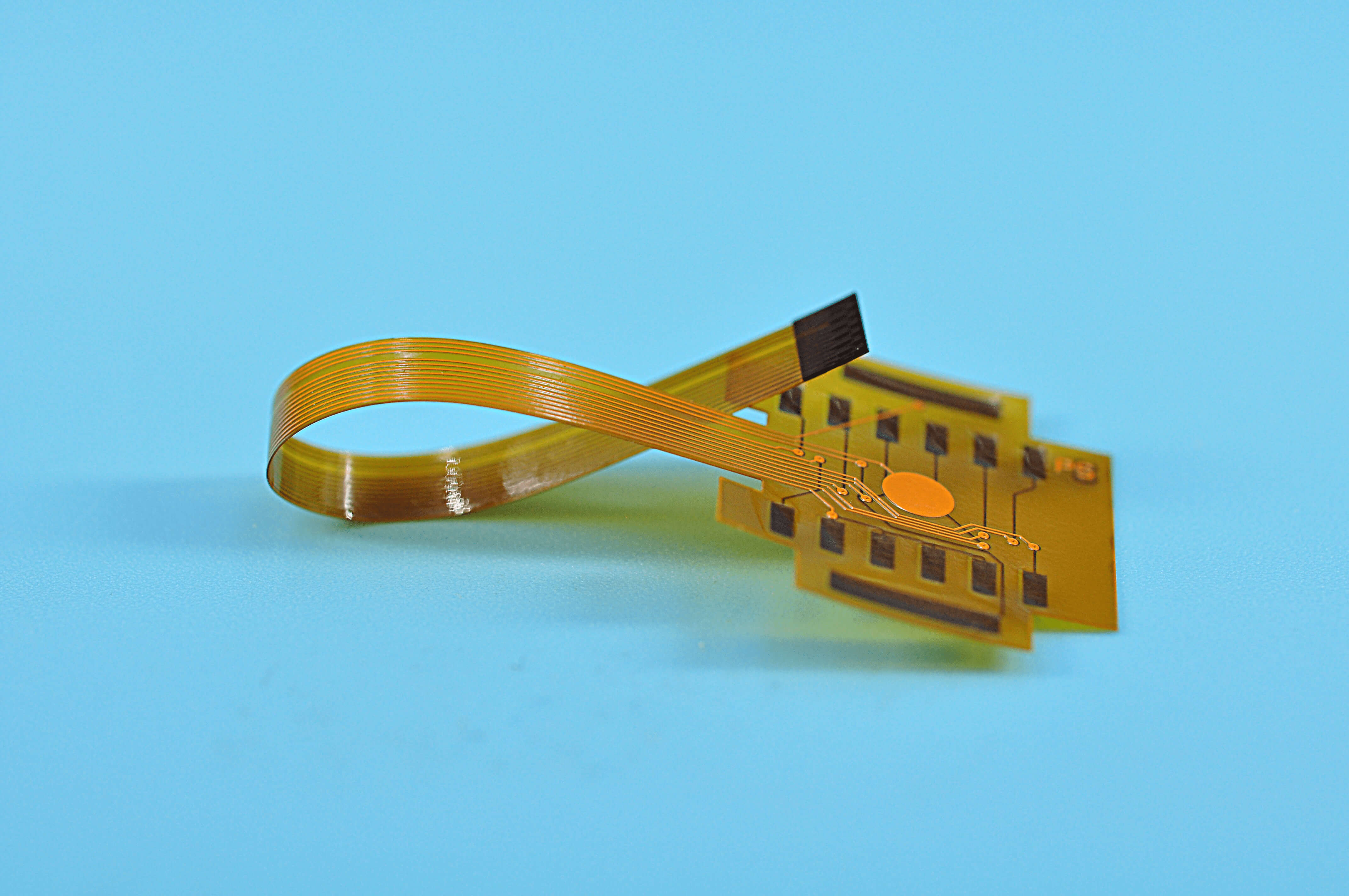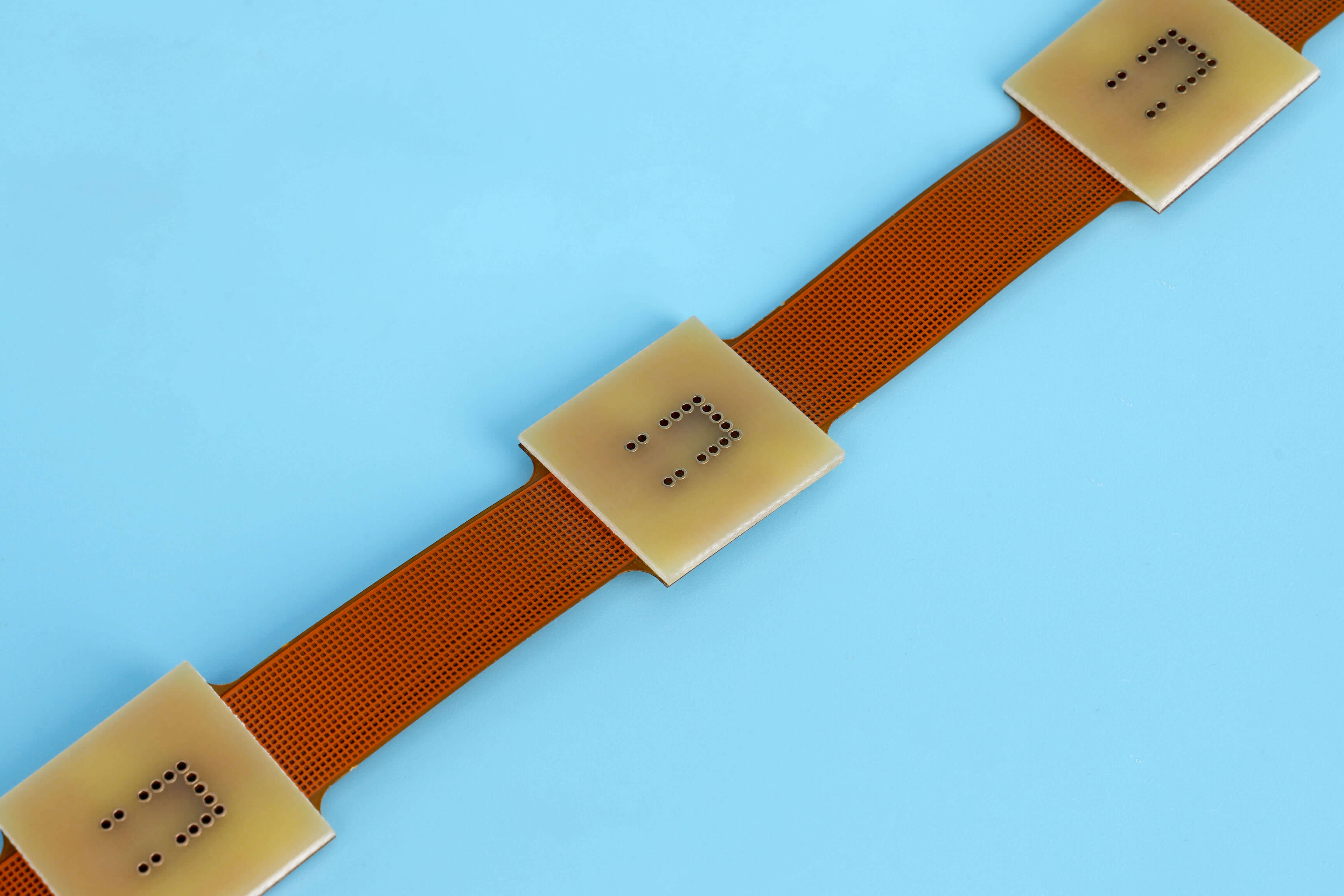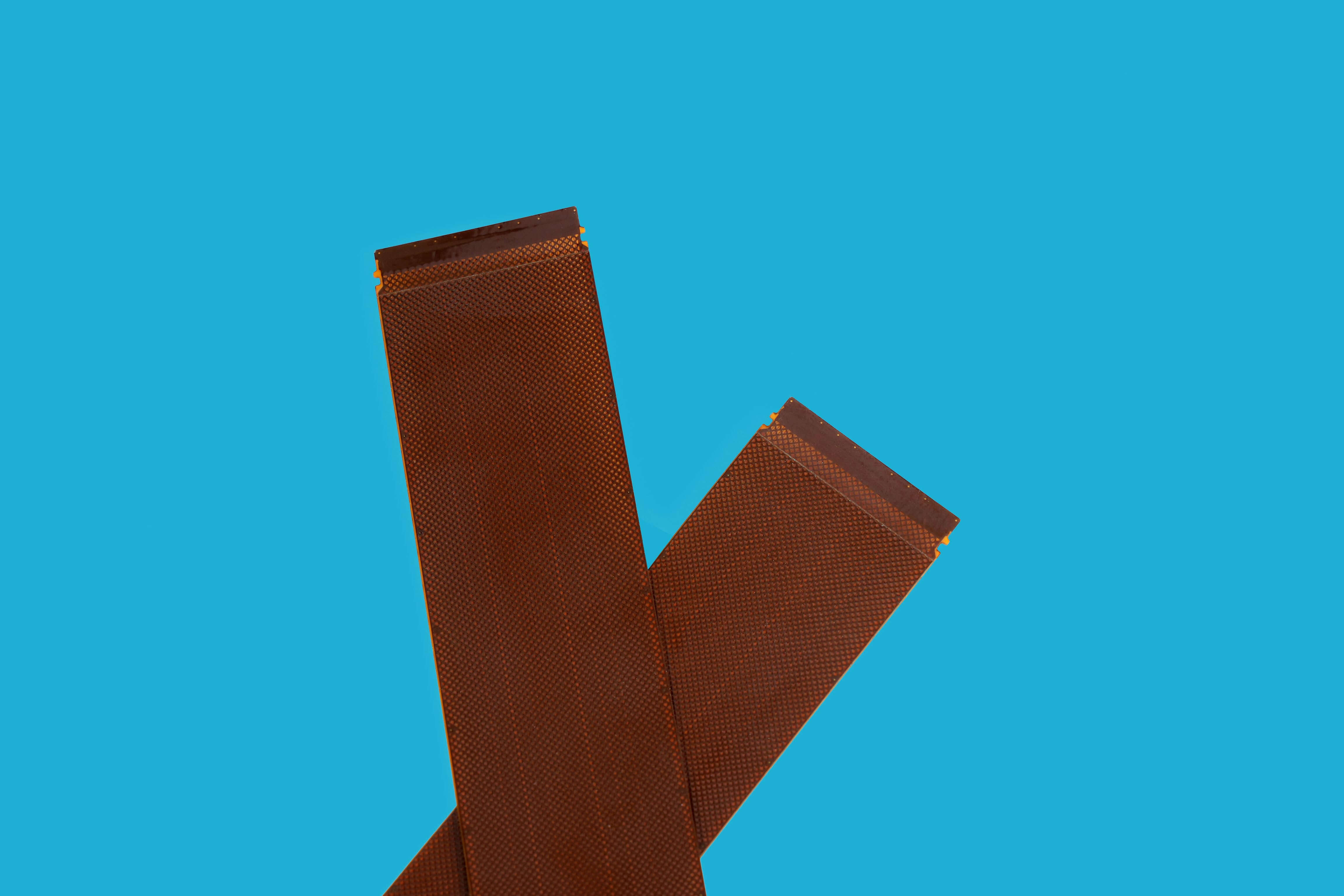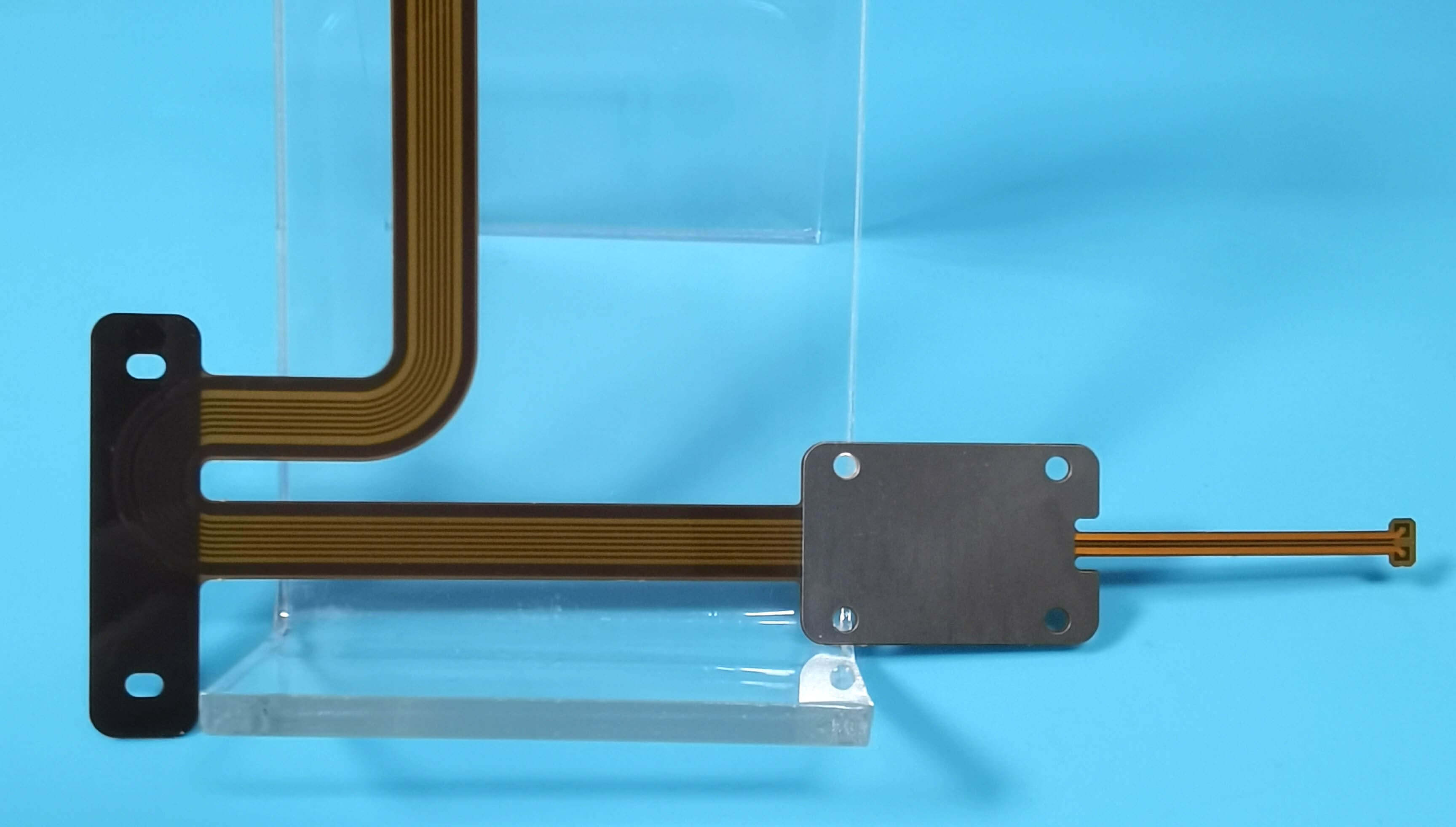Flex circuits are a popular choice for many electronic products, providing flexibility and versatility that traditional rigid circuit boards cannot match. However, one of the most critical elements in designing a reliable flex circuit is choosing the right stiffener. A good stiffener can help maintain the integrity of your design while adding rigidity to key areas of the board. In this blog post, we will explore how to choose the perfect stiffener for your flex circuits, so you can achieve better performance and longer lifetimes from your electronics projects. So let's get started!

(Flexible_circuits)
Introduction to Flex Circuits and Stiffeners
Flexible printed circuits (FPCs) are widely used in various electronic devices such as mobile phones, computers, and automotive applications. They offer many advantages over traditional rigid printed circuit boards from lighter weight, thinner form factor, and the ability to be bent or folded.
However, one downside of FPCs is that they are more susceptible to damage from mechanical stress than rigid PCBs. This is where stiffeners come in. Apply stiffeners help to support the circuit and prevent it from sagging or becoming misshapen over time. They also help to protect the circuit from physical damage and provide a more consistent electrical connection between the different layers of the circuit. In addition, stiffeners can improve the heat dissipation of a flex circuit and help to reduce signal noise.
Choosing the right stiffener material for your application depends on several factors, including the amount of flexibility required, the operating environment, and the budget. There are many different types of stiffener materials available on the market, including FR4 stiffener, polyimide and metal stiffener, each with their own unique set of properties.
- FR-4 Stiffener
- The most common type of stiffener material is FR-4. FR-4 is a glass-reinforced epoxy laminate that is widely used in the electronics industry. It offers excellent mechanical and electrical properties, making it ideal for use in flex circuits. Generally, there are some holes on FR-4 stiffener, which makes it has a better alignment with flexible circuits.

(FR4_stiffener)
- Polyimide Stiffener
Polyimide (PI) stiffener offers superior heat resistance and flexibility, making it an ideal choice for applications where high temperatures are a concern. It is also resistant to chemicals and abrasion, making it an ideal choice for harsh environments.

(PI_stiffener)
- Metal stiffener
Aluminum and stainless steel are two main metal stiffeners, but need to customize with higher cost. As a result, metal stiffeners have significant cost higher and turnarounds longer than polyimide and FR-4 stiffeners.
Aluminum is commonly used for heat dissipation, and stainless steel is commonly used when there is very limited space for stiffeners, but the design requires more component area support than what an equivalent thickness FR4 stiffener can provide. Aluminum stiffener bonding process requires drilling, milling, registration, and pre-stack of prepreg. Stainless steel stiffener bonding process requires drilling, laser cut, registration, and pre-stack of prepreg.

(Stainless_stiffener)
Whatever type of stiffener material you choose, it is important to select one that is compatible with the other materials in your flex circuit. If you are unsure about which material to use, just feel freely to contact us, we can help you select the best option for your application.
Considerations When Choosing a Stiffener
When choosing a stiffener for your flex circuits, there are several considerations to keep in mind.
First, you'll need to decide what material the stiffener should be made of. Each material has its own advantages and disadvantages that you'll need to weigh based on your specific application.
Another important consideration is the thickness of the stiffener. Thicker stiffeners are more rigid and can better support heavier components, but they also add more bulk to the overall circuit. You'll need to strike a balance between rigidity and size when selecting a stiffener thickness. Below is some common thickness of each stiffener that designers mostly like to choose.

(Capability_of_stiffeners)
Finally, you'll need to consider the method of attachment. The most common methods are adhesive bonding and mechanical fastening. Adhesive bonding is typically stronger and more durable, but it can be more difficult to achieve a good bond if the surfaces are not perfectly clean. Mechanical fastening is easier to achieve but may not be as strong or long-lasting as an adhesive bond.
Tips for Making the Right Choice
There are a few key things to keep in mind when choosing a stiffener for your flex circuit:
1. The material of the stiffener should be compatible with the material of the flex circuit. This will ensure that the two materials bond well and do not cause any problems during assembly or use.
2. The thickness of the stiffener should be appropriate for the intended application. Too thin and it may not provide enough support, too thick and it could make the flex circuit too rigid.
3. The size of the stiffener should be carefully considered. It should be large enough to provide adequate support, but not so large that it makes the flex circuit difficult to maneuver or use.
4. The adhesive used to attach the stiffener to the flex circuit should be strong and durable, yet still allow for easy removal if necessary.
Conclusion
Choosing the right stiffener for your flex circuits is an important step in ensuring that they are able to perform optimally. We hope this article has given you a better understanding of the factors to consider when selecting a stiffener and how it can affect the performance of your circuit boards. With careful selection, you’ll be able to find a stiffener that meets your needs and ensures reliable operation for years to come. If you still not sure which kind of stiffener is ideal for your projects, welcome to contact Best Technology or email us at sales@bestfpc.com right now!










 2023-03-13
2023-03-13
 BEST
BEST

.png)
.png)
.png)
.png)

.png)

